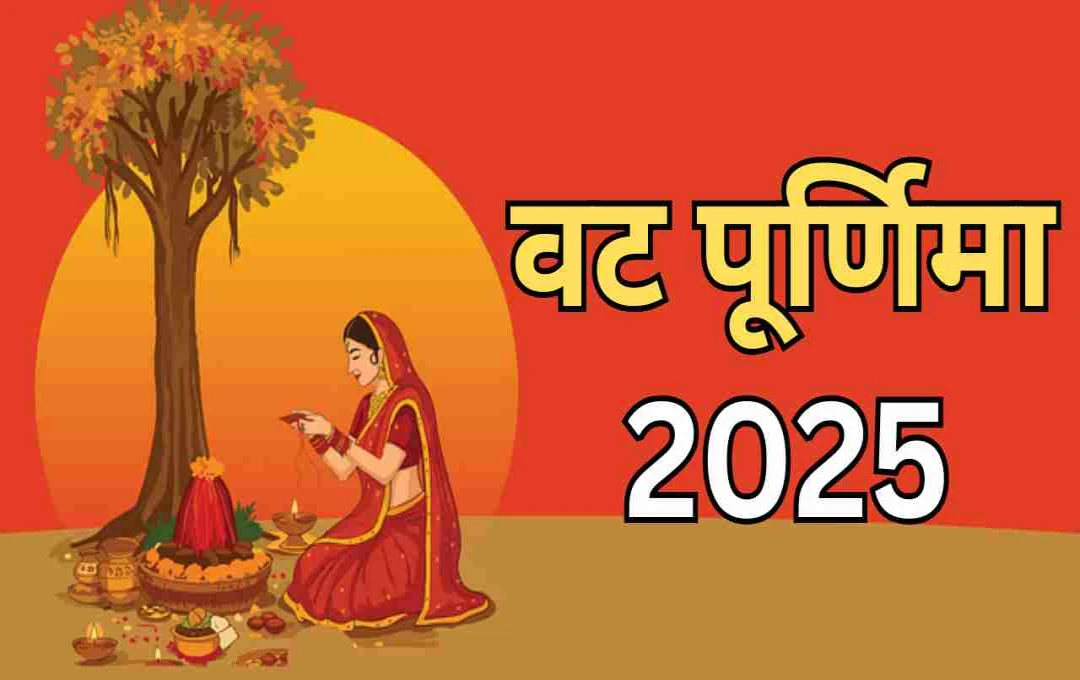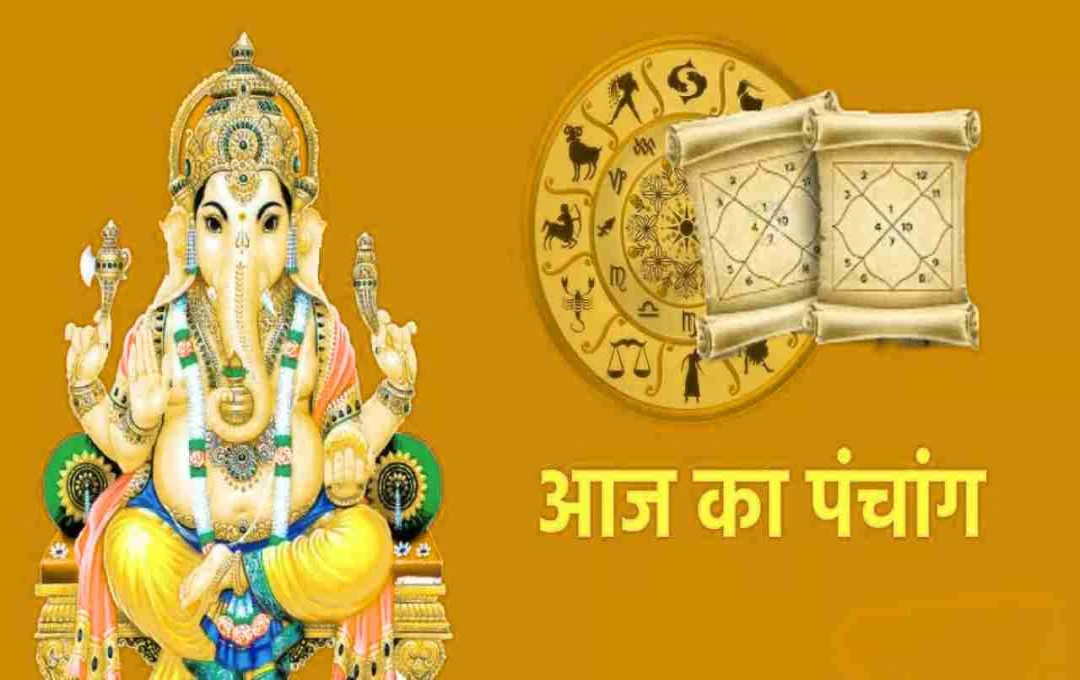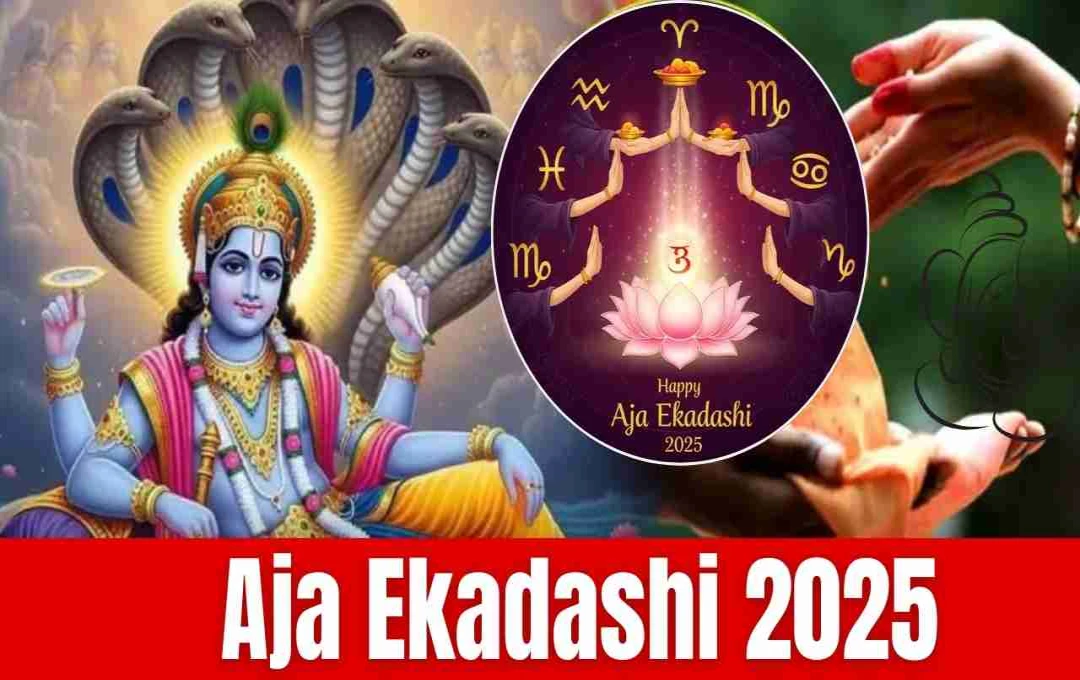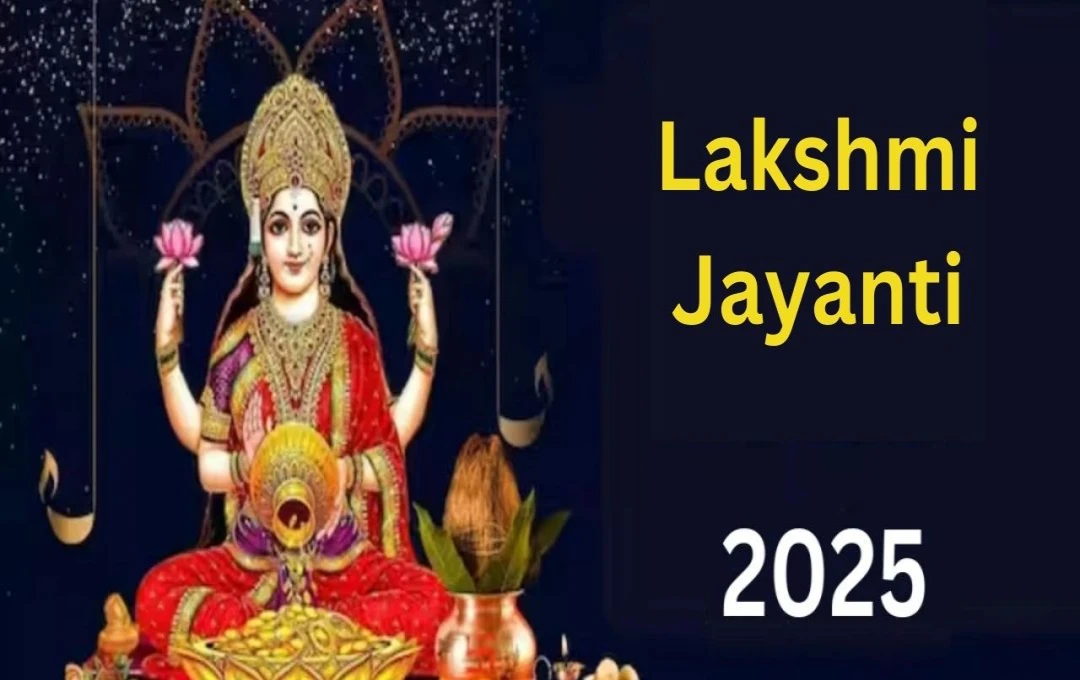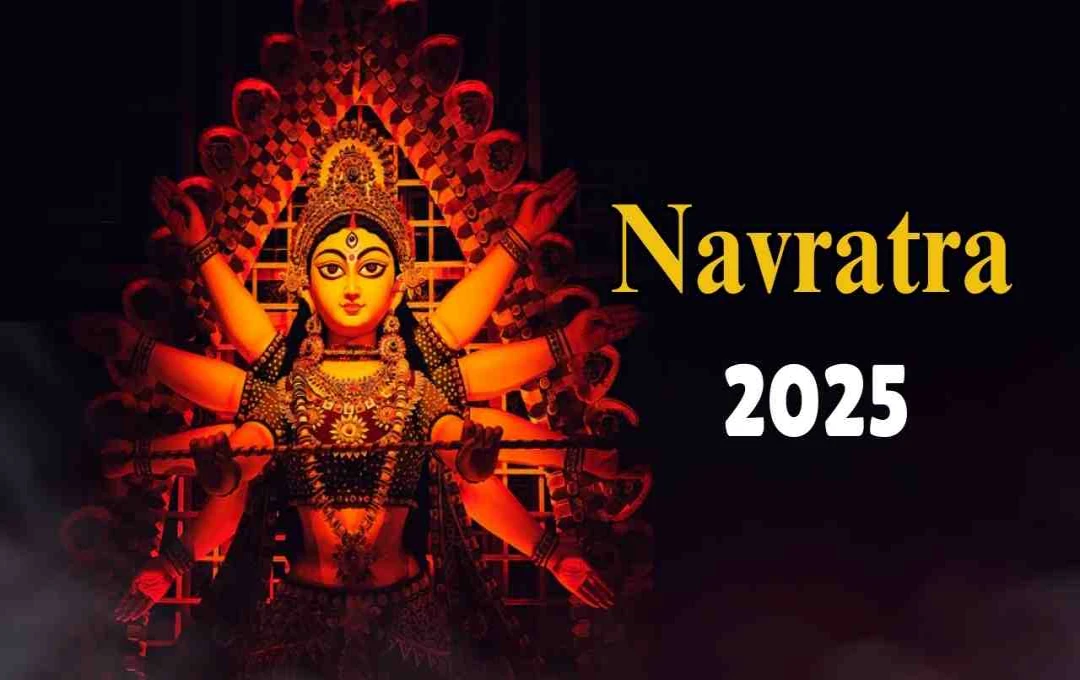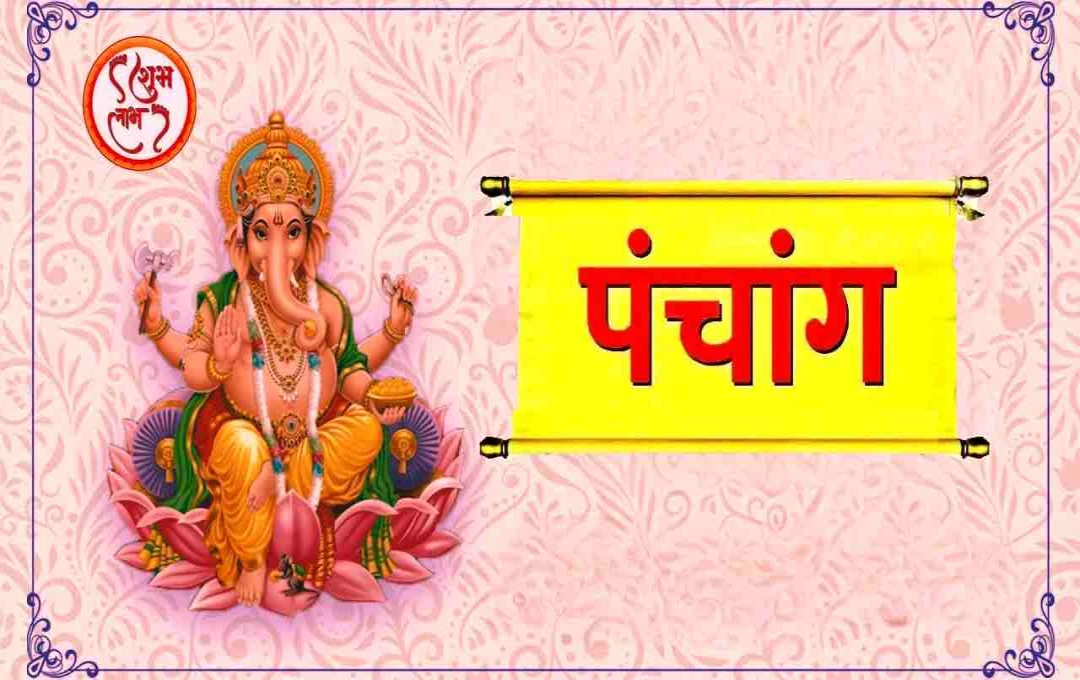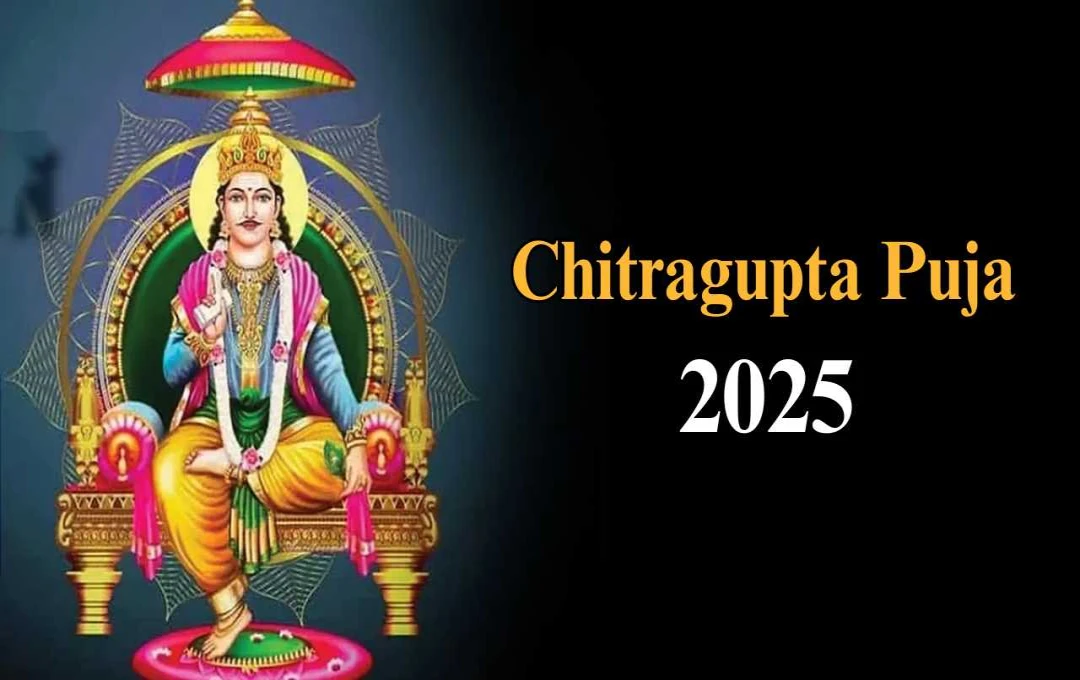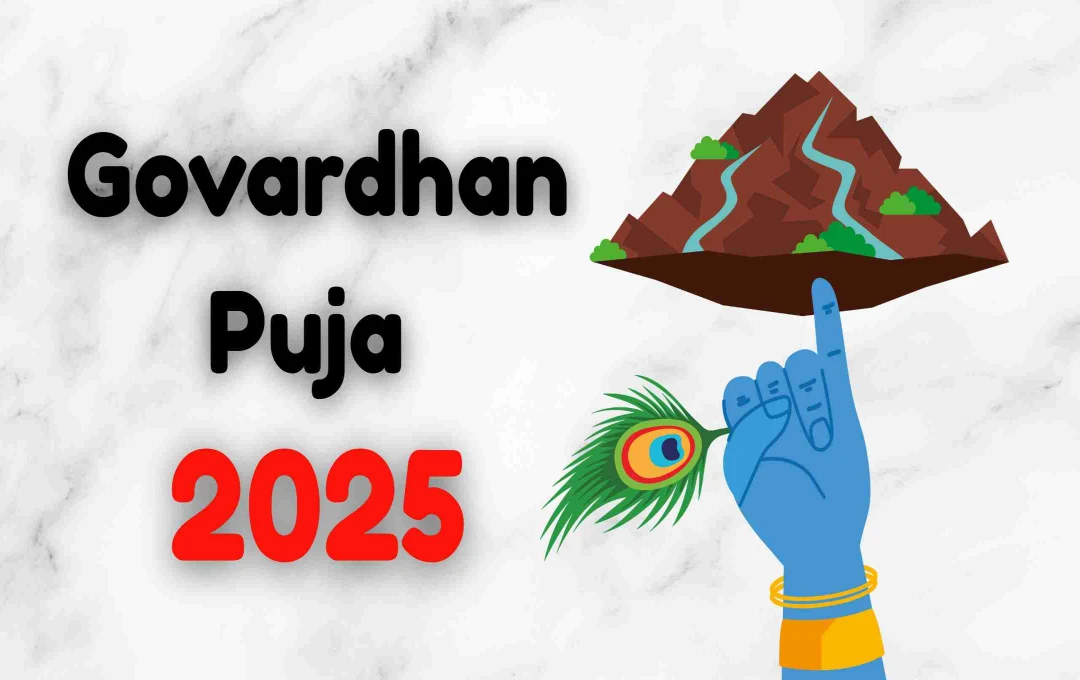In Hinduism, fasts and festivals hold special significance, particularly those symbolizing feminine power, sacrifice, and faith. Vat Purnima Vrat is one such festival, observed by married women to pray for their husbands' long life, good health, and prosperity. This fast is considered as sacred as it is arduous, as it involves a complete fast without water (nirjala upvas).
Vat Savitri Vrat occurs twice a year—once on Jyeshtha Amavasya and again on Jyeshtha Purnima. While many parts of North India observe the fast on Amavasya, Maharashtra, Gujarat, Goa, and Uttarakhand celebrate Vat Purnima with particular reverence and tradition.
Vat Purnima Vrat 2025 Date and Muhurat
In 2025, Vat Purnima will be observed on Tuesday, June 10th. On this day, women observe a nirjala fast from morning, worship the Vat Vriksha (banyan tree), and remember the story of Savitri and Satyavan.
- Jyeshtha Purnima Tithi Begins: June 10, 2025, 11:35 AM
- Jyeshtha Purnima Tithi Ends: June 11, 2025, 1:13 PM
- Auspicious Muhurat for Vat Puja: June 10th, 8:52 AM to 2:05 PM
- Time for Bathing and Donation: June 11th, 4:02 AM to 4:42 AM
- Moonrise Time: June 10th, 6:45 PM
Note that the fast will be observed on June 10th, based on the commencement of the Tithi, while traditionally, bathing, donations, and other pious acts will be performed on June 11th during the concluding period of the Purnima.
Mythological Significance of Vat Purnima
The story of Vat Purnima Vrat is derived from the Vana Parva of the Mahabharata, where Goddess Savitri pleaded with Yama, the God of Death, to restore her husband Satyavan's life. When Satyavan died, Savitri laid him under a banyan tree and fanned him with a bamboo fan. Her unwavering devotion and the power of her fast moved Yama, who ultimately revived Satyavan.
This event became a symbol of feminine power, dedication, and faith, and since then, the tradition of worshipping under the banyan tree on this day has continued. Women uphold this tradition, praying for their husbands' well-being.
Vat Purnima Vrat Puja Method

The puja on Vat Purnima is performed with complete devotion and adherence to the prescribed rituals. Here is a detailed description of the puja method:
- Morning Bath and Sankalp: Wake up before sunrise, bathe, wear clean clothes, and make a resolve for the fast – "I, (name), observe the Vat Purnima Vrat for the longevity and well-being of my husband."
- Prepare Puja Materials: Place the following items on a puja thali – a kalash (water pot), roli (vermilion), rice, flowers, milk, incense, a lamp, henna, bangles, bindi, sindoor (vermilion), red cotton thread, sweets, and a picture or idol of Savitri and Satyavan.
- Go to the banyan tree and perform the puja.
- Offer water to the banyan tree.
- Offer milk, roli, rice, and flowers.
- Take a red or raw cotton thread and circumambulate the banyan tree 7, 11, or 21 times.
- While circumambulating, chant "Vat Savitri Mata Ki Jai" and "Satyavan Savitri Ki Jai."
Story Recitation and Aarti
- Listen to or read the story of Savitri and Satyavan. Then, light a lamp and perform the aarti of the banyan tree. Finally, ask for the fruits of your fast and pray for the happiness and peace of your family.
- Husband's Service and Blessings: Traditionally, women return home, wash their husbands' feet, fan them, and seek their blessings.
- Blessings of the Married Women and Exchange of Materials: Finally, married women bless each other with "Saubhagyavati Bhav" and exchange puja materials such as bangles, sindoor, henna, and bindis as gifts.
Why is the Banyan Tree Special?
The banyan tree (Vat Vriksha) is considered equivalent to nectar in Indian culture. It is mentioned in the Puranas and Ayurvedic texts. It is said to be the abode of the Trimurti—Brahma resides in its roots, Vishnu in its trunk, and Shiva in its branches. Therefore, worshipping the banyan tree is believed to bestow the blessings of all the deities.
Scientific Aspect of the Fast
- The banyan tree is considered a major source of oxygen. Sitting in its shade brings peace of mind and energizes the body.
- Nirjala fasting boosts the body's detoxification process.
- Collective worship under the tree also promotes social unity and environmental awareness.

Precautions and Rules
- Cutting hair or nails or telling lies is prohibited on the fasting day.
- Preparing and sharing only sattvic food is considered auspicious.
- Since a nirjala fast is strenuous, water can be consumed if health permits.
- If the woman is pregnant or unwell, the fast can be substituted with a mental resolve and puja.
Vat Purnima Vrat is not merely a religious festival; it is a symbol of feminine power, faith, dedication, and love. The story of Savitri continues to inspire millions of women that true love, faith, and resolve can change any situation. This year in 2025, when women circumambulate the banyan tree on June 10th, they will not only be performing a puja but also celebrating a culture, tradition, and power.
